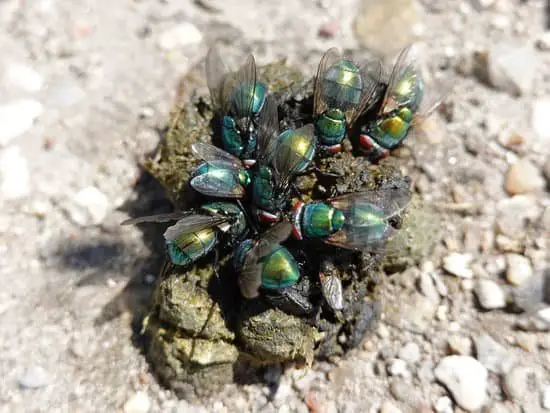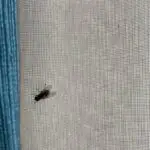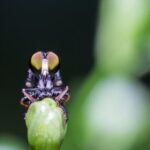What Can Fly Eyes See?
Fly eyes have a compound structure that forms images, giving them a mosaic-like appearance. Fly eyes contain thousands of tiny images that converge to form a larger visual image. The more ommatidia a fly has, the clearer its visual image will be. This is an impressive feat of insect vision, considering its small size.
Researchers have found that flies’ eyes process images faster than other animals’ eyes. This is believed to be due to the fact that their photoreceptors physically contract in response to light. This physical force creates an electrical response that travels to the brain faster than chemical messengers. The study of how flies see could help us better understand how our visual system works.
Despite their small brains, flies have developed specialized compound eyes with a wide field of vision. These eyes have a seven-way split rhabdom, which allows them to fly in low-light conditions. It acts like a “clear zone” and allows flies to see objects even 15 minutes before or after the sun goes down.
It turns out that flies have more sophisticated eyes than previously thought. Their compound eyes have thousands of tiny lens-capped ‘eye-units’ that should be able to capture low-resolution pixelated images. By comparison, human eyes only have one lens. When the eye focuses on an object, it concentrates it on a light-sensor array inside the retina.








